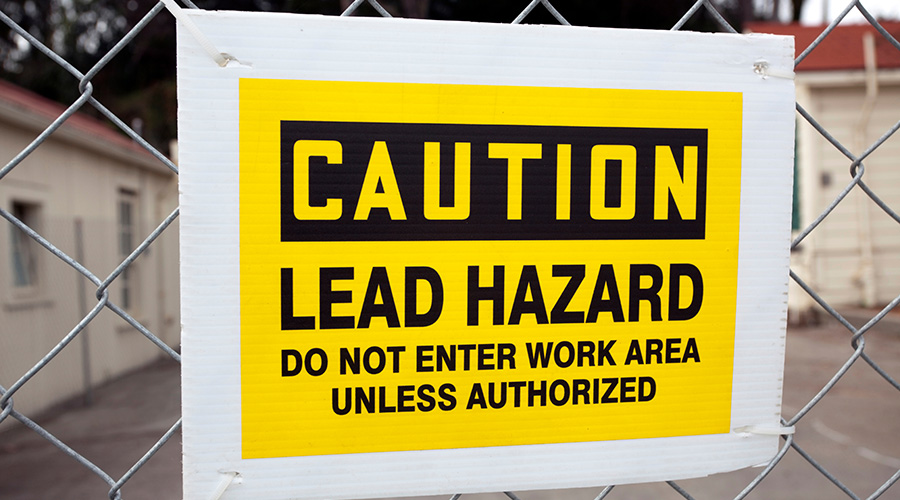When Building a Team, Identify Strong and Weak Points
Part 2 of a 2 part Michael Cowley article on building a successful team
The second secret in developing a great team is defining your team’s lost opportunities and determining where they exist. You need to find the gaps — the strong and weak points of your team’s skills and performance — then find ways to change and improve them to match your long-term goals. Focus on these areas:
Work audits. Can you measure objectively how your team is performing? What kind of performance measures or scorecards do you use? Everything worth doing deserves a method to measure how well you did it.
Customer surveys. How do building occupants feel about the team’s performance? Surveys should go out regularly.
Personal performance appraisals. Managers should do these for everyone, including themselves, once at least annually, as well as whenever employee performance changes for better or worse.
Culture change
The third secret to building a successful team is laying out a path and vision for taking your team to the next level. This section might be the most difficult because it relies on your ability to lead your team and make them the best they can be. This requires that you develop a vision of the culture you see for your team and company for years to come.
Lead, don’t follow. Set the example, and be the example. The process requires you to be the leader. Don’t demand a certain level of performance and, at the same time, refuse to achieve that level. Go before, not with or behind. Leadership requires that you do everything you expect of your people but do it better, faster, and more completely than they do. You are the leader, not an equal team member.
Set the vision. Create the culture and traditions. This part may be the most difficult of them all. You need to be the visionary who is capable of looking into the future and determining the direction of the process and the team’s performance.
Be part of the solution. Don’t be part of the problem. This is a difficult one to admit and fix, but it is possible. It requires serious self-reflection to determine if you are the problem. If you have any hope of changing the culture of your team, you must be part of the solution. Leadership is the most difficult job you will ever undertake, and it offers the least — and, oddly, the most — rewards of your career.
Communicate the vision. Live, eat, and breathe it. This process shouldn’t become a “program of the month.” Once you decide on the direction for your team, it must become part of your life. It must be something that you focus on every day of your work life. If you don’t, your team will laugh it off at every turn.
Set the goals. To move forward, the department must have goals. If you are not moving forward, you are moving backwards. The key is to develop and implement plans for the future, which ensures you are always looking forward to see where you can improve and how your team can become the best of the best.
Operate with discipline. Unfortunately, discipline and accountability are the two biggest problems we face today. By discipline, I mean we don’t have the fortitude and stamina to continually do what is right. But if we set rules and procedures, we must always perform them as they are written. Accountability is a problem because in today’s culture, no one is responsible for their actions. Poor performance is always someone else’s fault. To be the best of the best, managers and employees must be accountable for their actions.
Expect a lot. But when you get what you expect from your people, reward them. The key is to realize that you didn’t do it. You didn’t change the culture. Your team did it, with you leading them. The team is Number 1.
The process and team must be supported from the top and driven from the bottom. Steven Covey might have summarized the need for leadership in teambuilding best: “Management is efficiency in climbing the ladder of success. Leadership determines whether the ladder is leaning against the right wall.”
Michael Cowley, CPMM, is president of CE Maintenance Solutions — www.cemaintenancesolutions.com. Cowley provides maintenance training, coaching and consulting services to facility and manufacturing organizations nationwide. He is a frequent speaker at national facilities management conferences.
Agree? Disagree? Have something to say? We want to hear from you. Visit www.myfacilitiesnet.com/MichaelCowley, and start a conversation.
"Hiring is the most important component in improving your management team"
Related Topics:












